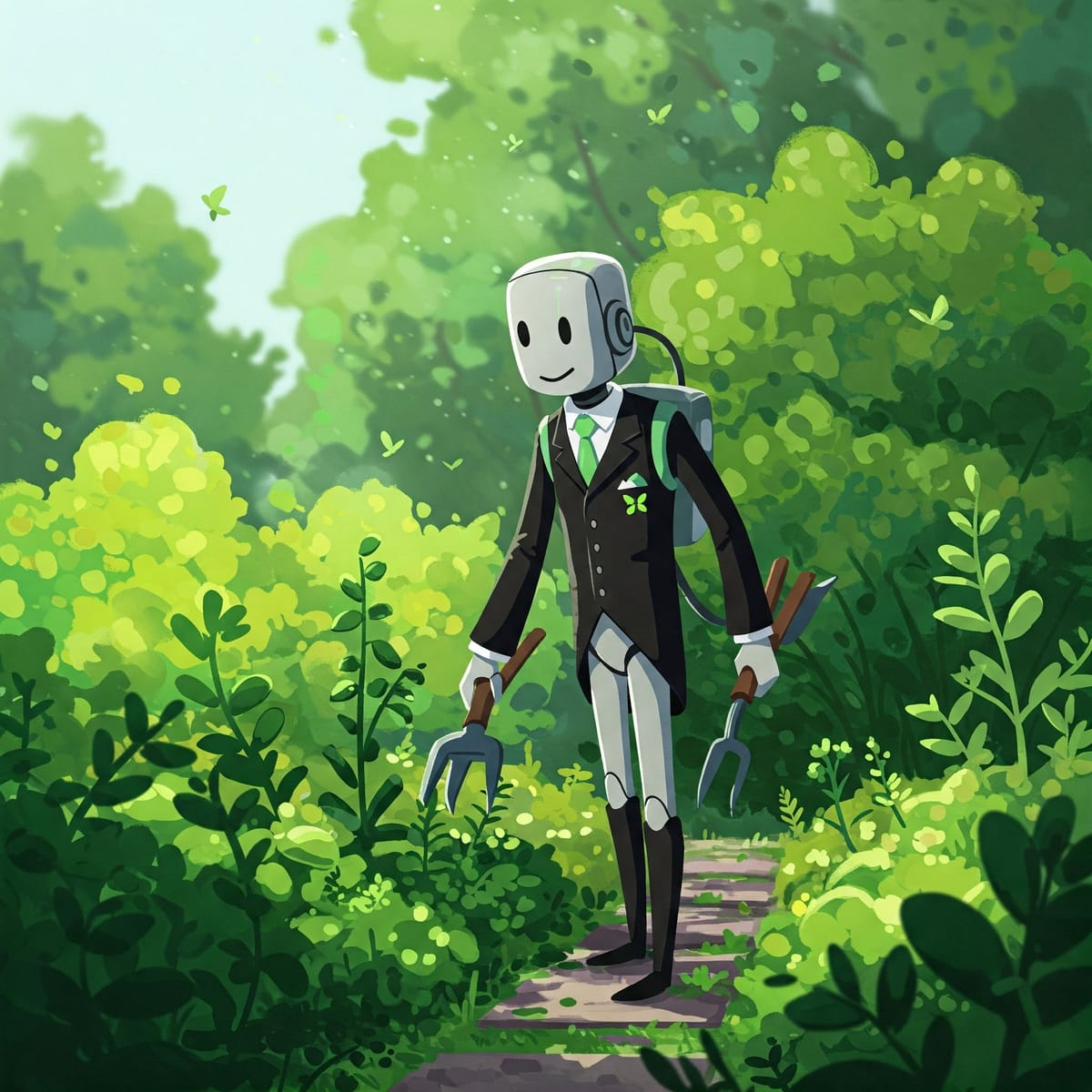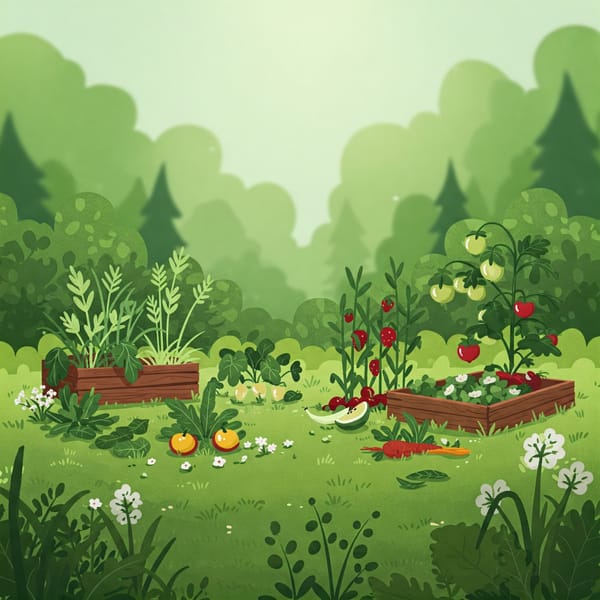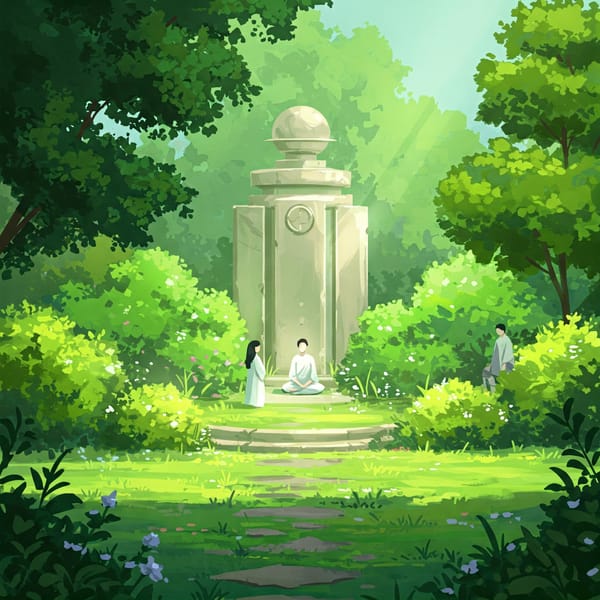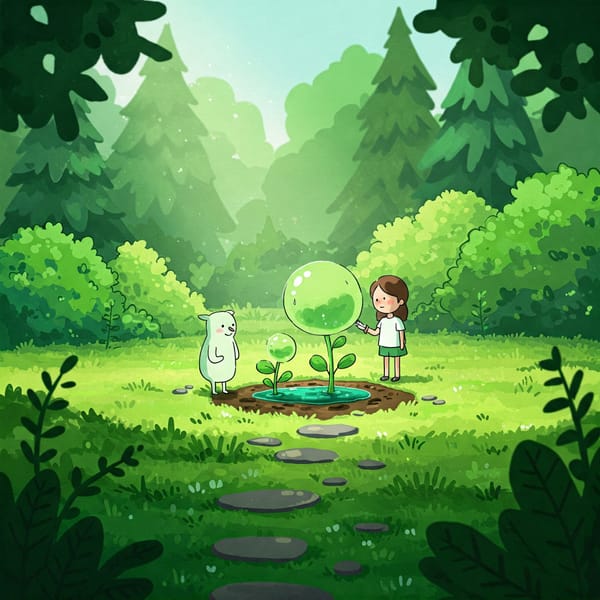Creating Butterfly-Friendly Gardens with Native Plants in the Sydney Region

Introduction: The Declining Butterfly Populations and the Importance of Native Plant Gardens in Sydney
Butterfly populations, along with other insect groups, are experiencing a concerning decline globally and within the Sydney region. This reduction in numbers carries significant ecological consequences, as butterflies play vital roles in pollination and form a crucial part of the food web, serving as a food source for birds, spiders, and other insects. Habitat destruction and fragmentation, driven by urbanization and changes in land use, are primary factors contributing to this decline in urban and peri-urban areas surrounding Sydney. As natural habitats shrink and become isolated, the resources necessary for butterfly survival, such as food and shelter, become increasingly scarce.
In response to this challenge, the creation of butterfly-friendly gardens using native plants emerges as a crucial strategy for providing essential habitat and resources for these important insects within urban landscapes. Native plants hold particular significance for native butterfly species due to the co-evolutionary relationships that have developed over millennia. Many butterfly species have evolved to rely on specific native plant species as host plants for their larvae (caterpillars), meaning their caterpillars can only feed and develop on these particular plants. This specialized relationship underscores that simply planting any flowering plant will not be sufficient to support a diverse and thriving butterfly population.
To ensure the continuation of the butterfly life cycle, including the critical larval stage, it is essential to incorporate these specific native host plants into garden designs.
This report provides a detailed and scientifically informed guide for individuals in the Sydney region interested in establishing gardens that actively support local butterfly populations through the use of native plants.
It will explore the specific native plant species in the Sydney region that attract various butterfly species, the intricate connection between these plants and the different stages of the butterfly life cycle, sustainable gardening practices that are vital for creating and maintaining healthy butterfly habitats (with a particular focus on avoiding pesticides and providing reliable water sources), the broader ecological advantages of native plant gardens that extend beyond butterfly support, illustrative examples of successful butterfly gardens within New South Wales, the specific environmental requirements of the native plants that best support butterfly populations, the detailed relationships between particular native plants and the host and nectar needs of specific butterfly species, and finally, the impact of climate change on native plant and butterfly populations and strategies for mitigating these effects in garden planning.
Sydney's Native Plant Palette for Butterfly Attraction
Adult butterflies primarily rely on nectar from flowers as their primary food source, which provides them with the energy needed for essential activities such as flight, mating, and reproduction. To attract a diverse range of adult butterflies to a garden in the Sydney region, it is beneficial to plant a variety of native flowering species that offer nectar-rich blooms throughout the butterfly season, which typically extends from spring through autumn in this climate.
Several native plant genera and species found in the Sydney region are known to be particularly attractive to adult butterflies due to their nectar-rich flowers.
These include Westringias, which are hardy shrubs with delicate flowers that attract insects like butterflies and can flower throughout the year. Callistemons, commonly known as bottlebrush plants, are also highly attractive to native insects and birds, including butterflies, and tend to flower in the warmer months, especially spring. Correas, often referred to as native fuchsia, offer tubular flowers that are particularly appealing to both birds and insects. Grevilleas are renowned for their spectacular spider-like flowers that come in a variety of colors and are a favorite among nectar-feeding birds and insects, often flowering in the winter months, providing a valuable food source when other options may be scarce. Yellow Buttons (Chrysocephalum apiculatum) are low-growing perennials with bright yellow flowers that serve as a food source for various pollinating insects and typically flower from late spring to summer. Paper Daisies (Xerochrysum spp.) produce vibrant, long-lasting flowers that attract a wide range of pollinators and are drought-tolerant, flowering from spring through summer, sometimes into autumn. Kangaroo Paws are iconic Australian plants with unique, paw-like flowers that attract nectar-feeding birds and usually flower in the warmer months. Gum Trees (Eucalyptus, Angophora, Corymbia genera) are not only symbolic of Australia but also provide copious amounts of nectar and pollen for insect, bird, and mammal pollinators, with different species flowering at various times of the year. Banksias are another group of plants known for their unique flower spikes and nectar-rich flowers, which are favored by birds, native bees, and other pollinators, often flowering from late summer to autumn, sometimes through winter. Acacias, also known as wattles, are quick-growing plants that produce fragrant, fluffy yellow flowers and are a vital early spring nectar source for various insects and birds. Native grasses, while primarily offering shelter for ground-dwelling insects, can also indirectly benefit butterflies by supporting a healthy ecosystem. Other nectar-rich native plants for the Sydney region include Chamelaucium (waxflower), Philotheca, Brush Box (Lophostemon), Flame Tree (Brachychiton), Native Ginger (Alpinia caerulea), Goodenia, Paperbark & Honey Myrtle (Melaleuca), and Tea Trees (Leptospermum). Pig Face (Carpobrotus glaucescens), Fan Flowers (Scaevola spp.), Flax lilies (Dianella spp.), Mat Rushes (Lomandra spp), Apple Berry (Billardieria scandens), Old Man's Beard (Clematis aristata), False Sarsparilla (Hardenbergia violacea), Zieria spp., Bush Peas (Pultenea spp.), Cypress Pines (Callitris), and Guinea Flowers (Hibbertia spp.) also contribute to the nectar availability for adult butterflies in Sydney gardens.
In addition to providing nectar for adult butterflies, a butterfly-friendly garden must also include native host plants that serve as the sole food source for butterfly larvae (caterpillars). Without the correct host plants, butterflies will not be able to complete their life cycle in the garden.
Several native plant species in the Sydney region act as host plants for a variety of butterfly larvae. Acacias (Wattles) are a significant host plant for several butterfly species, including emperor, hairstreak, grass-yellow, and line blue butterflies. Breynia is another native plant that serves as a host. Bottlebrushes (Callistemon) and Brush Box (Lophostemon) are also utilized by some butterfly larvae. Bush Peas (Pultenaea) are host plants for heath blue, pea blue, and grass blue butterflies. The native Citrus australis (including native orange, lemon, lime, and kumquat varieties) is a host plant for various citrus swallowtail butterflies, including the Ulysses. Fan Flowers (Scaevola) serve as host plants for meadow argus butterflies. Flax Lilies (Dianella) are a food source for southern dart butterfly caterpillars. Mat Rushes (Lomandra) are host plants for heath ochre butterflies. Paperbark and Honey Myrtle (Melaleuca) are also utilized by some butterfly larvae. Poa grass serves as a host for skippers. Purple Coral Pea (Hardenbergia) is a host plant for grass blue butterflies. Salt Bush (Rhagodia) is a host for saltbush blue butterflies. Yellow Buttons (Chrysocephalum) are a host plant for painted lady butterflies. Other important native host plants in the Sydney region include various grasses like Poa poiformis and Themeda australis (for common brown and evening brown butterflies), Gahnia sedges (for sword-grass brown butterfly larvae), and Lomandra species (for splendid ochre butterfly). Goodenia species are the host plant for the meadow argus. Bracteantha bracteatum is a host for the painted lady butterfly. Wattles (Acacia spp.) in general provide food for many butterfly larvae, including the common grass yellow. Blackthorn (Bursaria spinosa) is a host for many species, including the Eltham Copper Butterfly. Wallaby Grass (Danthonia spp.) and Weeping Grass (Microlaena stipoides) are also host plants for some butterfly species. For gardeners specifically interested in Swallowtail butterflies, a variety of native trees, shrubs, and vines serve as host plants, including the Richmond Birdwing butterfly vine (Aristolochia praevenosa), various Cryptocarya species (like Blush Walnut, Bolly-laurel, Murrogon, Pepperberry-tree, Three-veined laurel), Bollywood (Litsea glutinosa), Brown bolly gum (Litsea leefeana), White bolly gum (Neolitsea dealbata), Zig-zag Vine (Uvaria leichhardtii), Native Tamarind (Diploglottis australis), Southern Sassafras (Atherosperma moschatum), Camphorwood (Cinnamomum oliveri), Sassafras (Doryphora sassafras), Brush Pepperbush (Tasmannia insipida), Broad-leaved Leopard Tree (Flindersia collina), Wilga (Geijera parviflora), Orange Jasmine (Murraya paniculata), Curry Tree (Murraya koenigii), Hardy Orange (Poncrius trifoliata), Common Rue (Ruta graveolens), Pink Lime-berry (Clausena excavata), Taylorina (Psoralea pinnata), and Tough Psoralea (Cullen tenax).
The Butterfly Life Cycle in Sydney: A Native Plant Perspective
The life cycle of a butterfly in Sydney, like butterflies elsewhere, consists of four distinct stages: egg, larva (caterpillar), pupa (chrysalis), and adult.
Native plants play a crucial role in supporting each of these stages.
Female butterflies exhibit a high degree of selectivity when choosing where to lay their eggs. They carefully identify specific native host plants that will provide the necessary food source for their offspring upon hatching. The chemical signals and physical characteristics of these native plants act as cues, attracting and prompting the female butterfly to deposit her eggs. Therefore, the presence of the correct native host plants in a garden is the primary factor that determines whether butterflies will choose to breed and establish a population there. Without these specific plants, adult butterflies may visit the garden to feed on nectar, but they will not lay their eggs, thus limiting the garden's ability to contribute to the full butterfly life cycle.
The larval stage, or caterpillar, is a period characterized by intense feeding and growth. During this stage, the caterpillar is entirely dependent on the foliage of its specific native host plant as its sole source of nutrition. The nutrients consumed during this phase are essential for the caterpillar's development, providing the energy reserves required for the dramatic transformation that occurs during the pupal stage and for the adult butterfly's subsequent activities. As detailed in Section II, a wide variety of native plants in the Sydney region serve as host plants for different butterfly larvae. For instance, the larvae of the Common Crow Butterfly in Sydney feed on native figs (Ficus rubiginosa and F. benjamina), while the larvae of the Lesser Wanderer utilize introduced milkweed. However, for a garden focused on native biodiversity, prioritizing the native host plants that local butterflies have co-evolved with is generally the most beneficial approach. Providing a diverse array of these native host plants will support a greater variety of butterfly species, allowing them to complete their larval development within the garden.
Once the caterpillar reaches its full size, it enters the pupal stage, also known as the chrysalis. This is a transformative period where the caterpillar undergoes metamorphosis inside a protective casing, eventually emerging as an adult butterfly. Many butterfly species form their chrysalis attached to or near their host plants or on other nearby vegetation, such as the twigs, stems, or leaves of native plants. The structural diversity offered by a native plant garden, with its varying heights, foliage densities, and branching patterns, provides a range of suitable attachment sites and shelter for the developing pupae. This shelter is crucial for protecting the vulnerable pupa from predation and adverse weather conditions, thereby increasing the chances of successful metamorphosis and the emergence of healthy adult butterflies.
The final stage of the butterfly life cycle is the adult stage. Adult butterflies primarily feed on nectar from flowers, which provides them with the energy necessary for flight, mating, and reproduction. As discussed in Section II, a continuous and diverse supply of nectar from native flowers throughout the butterfly season in Sydney (typically spring to autumn) is vital for sustaining adult butterfly populations. Some butterfly species, like the Common Crow, may even rely on nearby nectar sources during overwintering periods. By planting a variety of native flowering plants with staggered blooming times, gardeners can ensure a consistent source of nectar is available to support adult butterflies throughout their lifespan in the garden.
Sustainable Gardening Practices for Flourishing Butterfly Habitats
Creating a thriving butterfly garden in Sydney requires the adoption of sustainable gardening practices that prioritize the health and well-being of these delicate insects.
Two of the most critical aspects of sustainable butterfly gardening are avoiding the use of pesticides and providing reliable water sources.
The use of pesticides, including insecticides, herbicides, and fungicides, poses a significant threat to butterflies and other beneficial insects at all stages of their life cycle. These chemicals can have direct toxic effects, weaken their immune systems, disrupt their reproductive capabilities, and eliminate their essential food sources. Insecticides, even those marketed as "natural" or "organic," can kill butterflies and caterpillars through direct contact or ingestion. For instance, while neem oil and insecticidal soaps are often considered organic options, they can still harm butterfly larvae and disrupt adult butterfly behavior. Herbicides eliminate the native host plants that butterfly larvae depend on for survival. Furthermore, neonicotinoid insecticides, which are systemic and make the entire plant toxic, including the nectar and pollen, are particularly harmful to pollinators. Therefore, the cornerstone of a butterfly-friendly garden is the complete avoidance of all pesticides. Instead, gardeners should focus on creating a healthy, balanced ecosystem where natural pest control mechanisms can thrive. This can be achieved by attracting beneficial insects like ladybugs, lacewings, and predatory wasps, which naturally prey on common garden pests. Physical barriers like floating row covers or simply blasting small infestations with a jet of water can also be effective, safer alternatives. It is also important to tolerate some level of leaf damage from caterpillars, as this is a natural part of the butterfly life cycle and native plants have co-evolved with these herbivores. If pesticide use is deemed absolutely unavoidable in exceptional circumstances (though highly discouraged), it is crucial to follow Integrated Pest Management (IPM) principles, using the least toxic methods only when necessary and never spraying plants that are in bloom.
Providing reliable water sources is another essential sustainable gardening practice for attracting and supporting butterflies. Butterflies need water for hydration, and they also engage in a behavior called "puddling" to absorb essential minerals, such as salts, from shallow pools of water, damp soil, or mud. Gardeners can provide water in various ways, including placing shallow dishes or plant saucers filled with water in the garden. Adding rocks or pebbles to these dishes will provide perching spots for butterflies and other insects, preventing them from drowning. Creating a butterfly puddling station is also highly beneficial. This can be done by filling a shallow dish with sand or soil and keeping it consistently moist. Butterflies will gather at these damp areas to drink and extract essential minerals. Burying a shallow plate or bowl in the ground and filling it with sand that is kept wet is another effective method. Even birdbaths, without a pedestal and with added stones or floating wood, can serve as water sources. Some gardeners even supplement their butterfly.




